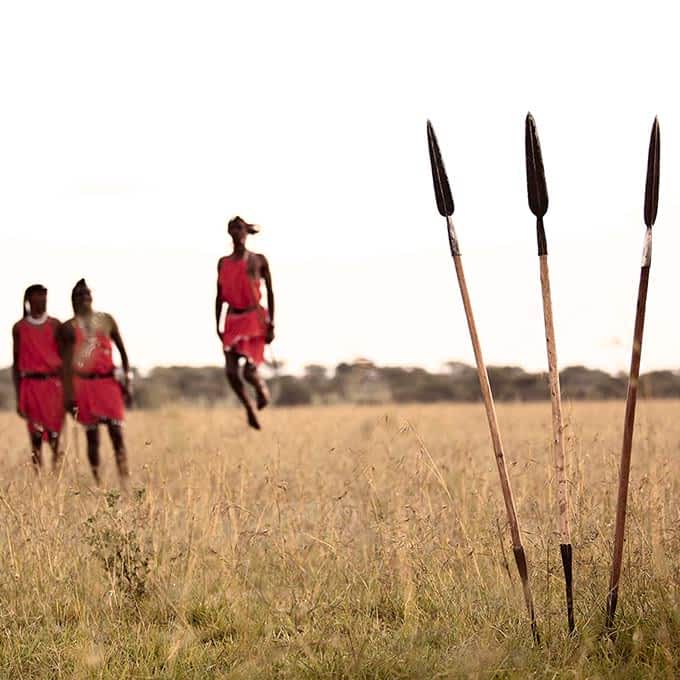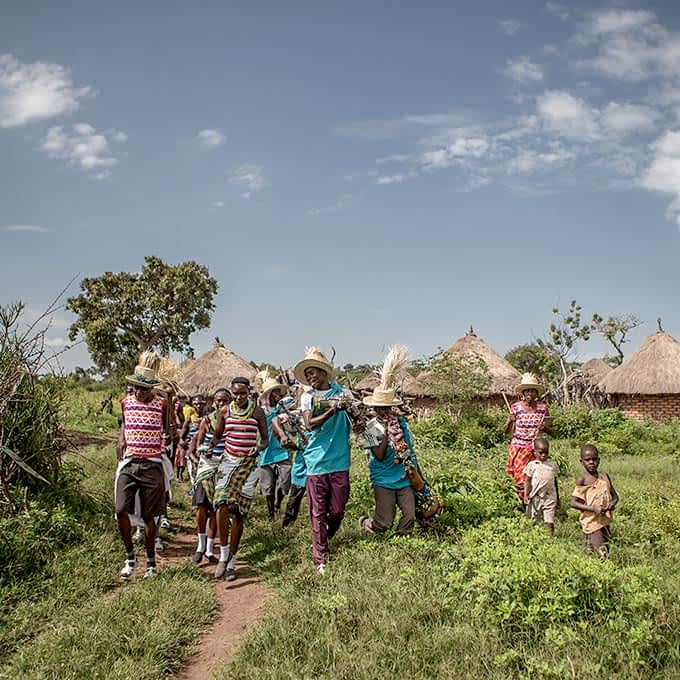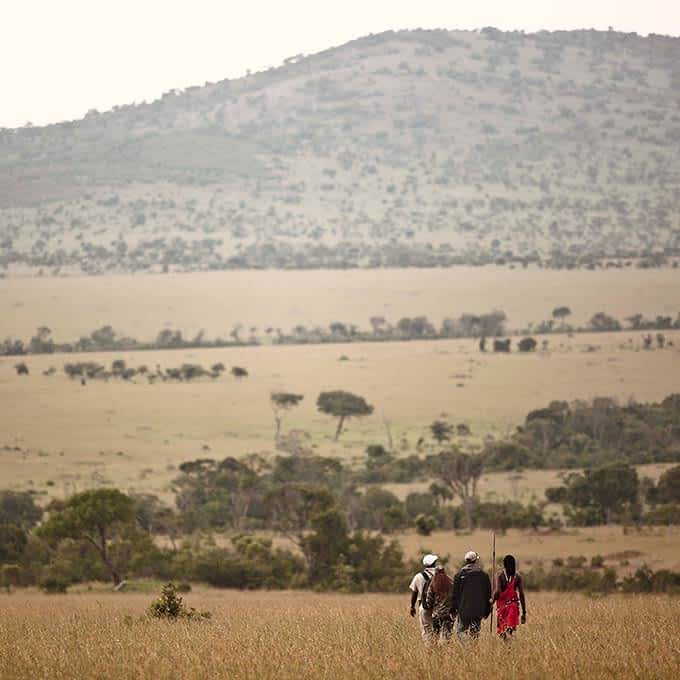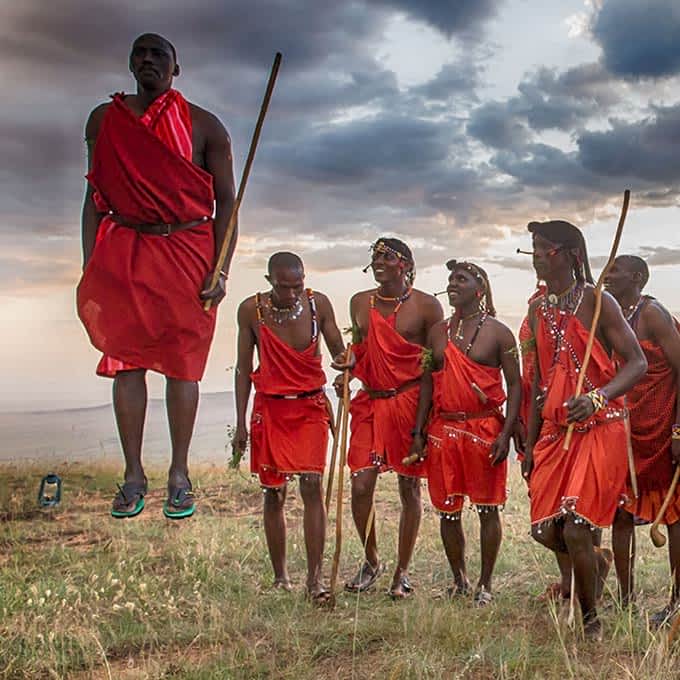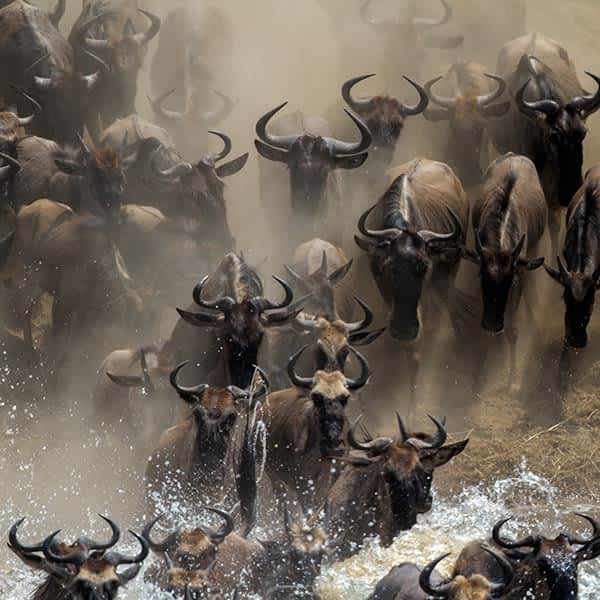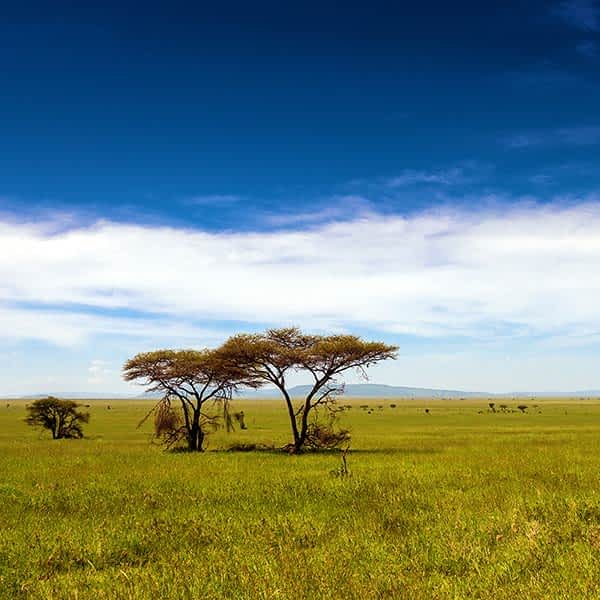Meet your hosts: the Maasai people
These are ancient lands with a long history of habitation.
The Serengeti area is home to various local people, the most famous of them being the Maasai. The Maasai mostly live in harmony, sometimes in conflict, with nature. You are bound to visit your hosts when visting the area on your Serengeti safari.

